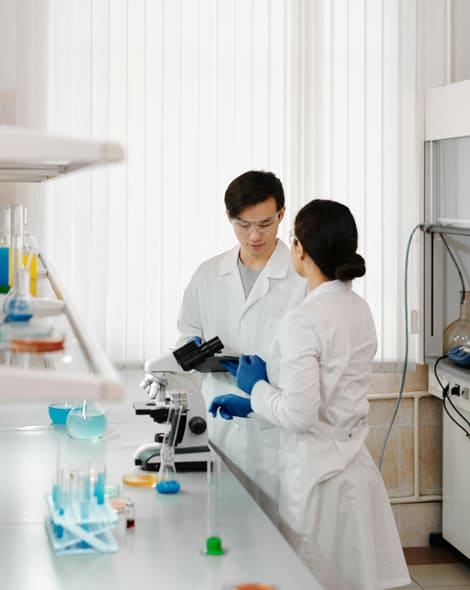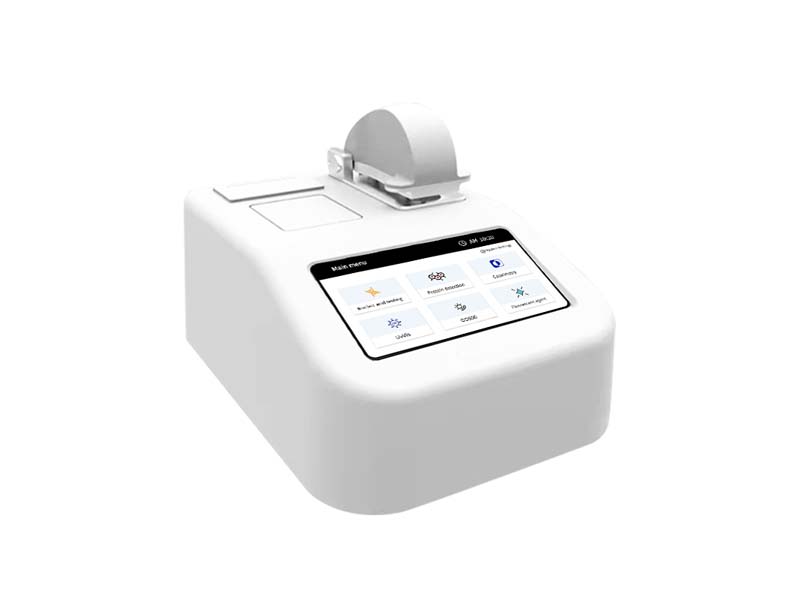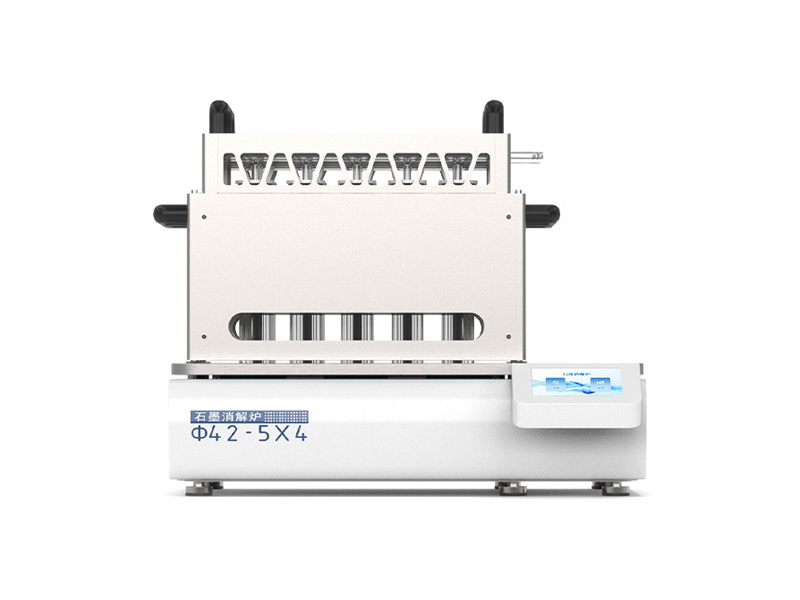With the rapid development of the food industry, the use of food additives is becoming increasingly widespread. Accurate detection of food additives has become particularly important to ensure food quality and safety. Among them, nitrogen is a common food additive, and the accuracy and reliability of its detection method are directly related to the guarantee of food safety. Therefore, this article will introduce a nitrogen detection configuration scheme based on gas chromatography, in order to provide strong support for food safety testing.

Basic principles of gas chromatography
Gas chromatograph is an analytical instrument that separates and detects various components in a mixture based on the difference in distribution coefficients between the gas phase and the stationary phase. After the sample enters the chromatographic column, each component undergoes adsorption, desorption, and distribution processes between the stationary phase and the mobile phase, thereby achieving the separation of each component. Subsequently, the detector detects the separated components and converts the signal into an electrical signal output, thereby achieving qualitative and quantitative analysis of each component in the sample.
This article introduces a nitrogen detection configuration scheme based on gas chromatography, including key components such as chromatography column, detector, injection system, and data processing system. By appropriately matching and optimizing the performance of each component, accurate detection and analysis of nitrogen in food additives can be achieved. This configuration scheme helps to improve the accuracy and reliability of food safety testing, providing strong support for ensuring food safety.
Article address:http://www.labinstruments.net/solu/28.html







